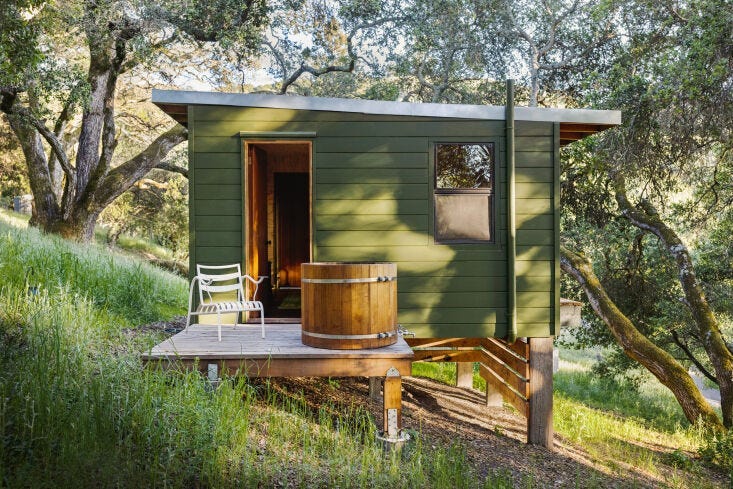Setting Up a Biogas Plant for Home: A Step-by-Step Guide

Introduction
As the world seeks sustainable energy solutions, biogas plants have emerged as a viable option for households looking to reduce their carbon footprint and manage organic waste effectively. This guide will walk you through the process of setting up a biogas plant forhome, ensuring you can generate your own renewable energy while contributing to a greener environment.
What is Biogas?
Biogas is a type of biofuel naturally produced from the decomposition of organic waste in an anaerobic environment (absence of oxygen). It primarily consists of methane (CH4) and carbon dioxide (CO2) and can be used for cooking, heating, and generating electricity.
Benefits of a Home Biogas Plant
- Sustainable Energy: Produces renewable energy, reducing dependence on fossil fuels.
- Waste Management: Converts kitchen and garden waste into useful energy and reduces landfill waste.
- Cost-Effective: Lowers energy bills and waste disposal costs.
- Environmental Impact: Reduces greenhouse gas emissions and contributes to soil fertility through by-products like slurry.
Materials Needed
- Organic Waste: Kitchen scraps, animal manure, and garden waste.
- Biogas Digester: A sealed container where anaerobic digestion takes place.
- Inlet and Outlet Pipes: For feeding waste into the digester and extracting slurry.
- Gas Storage Bag or Tank: To collect and store the produced biogas.
- Stirring Mechanism: Optional, to mix the waste and improve gas production.
Steps to Set Up a Home Biogas Plant
- Choose a Location: Select a sunny spot near your kitchen or waste source. Ensure the area is ventilated and accessible.
- Install the Digester: Place the digester in a pit or on a stable platform. Ensure it is properly sealed to maintain an anaerobic environment.
- Connect Inlet and Outlet Pipes: Install pipes for feeding organic waste into the digester and extracting the slurry.
- Add Organic Waste: Start with a mix of kitchen scraps and animal manure. Gradually add waste daily.
- Seal and Monitor: Seal the digester and ensure it is airtight. Monitor the temperature, which should ideally be between 30–40°C (86–104°F).
- Collect Biogas: Once gas production begins, it will flow into the gas storage bag or tank. Use it for cooking or heating.
- Utilize the Slurry: The by-product can be used as a nutrient-rich fertilizer for your garden.
Maintenance Tips
- Regular Feeding: Consistently add organic waste to maintain gas production.
- Temperature Control: Keep the digester warm, especially in colder climates.
- Check for Leaks: Regularly inspect for any gas leaks and repair promptly.
- Stirring: Occasionally stir the contents to prevent settling and enhance digestion.

Conclusion
Setting up a biogas plant for home is a practical and environmentally friendly way to manage organic waste and generate renewable energy. With the right setup and maintenance, you can enjoy the benefits of a sustainable energy source while contributing to environmental conservation.

Comments
Post a Comment